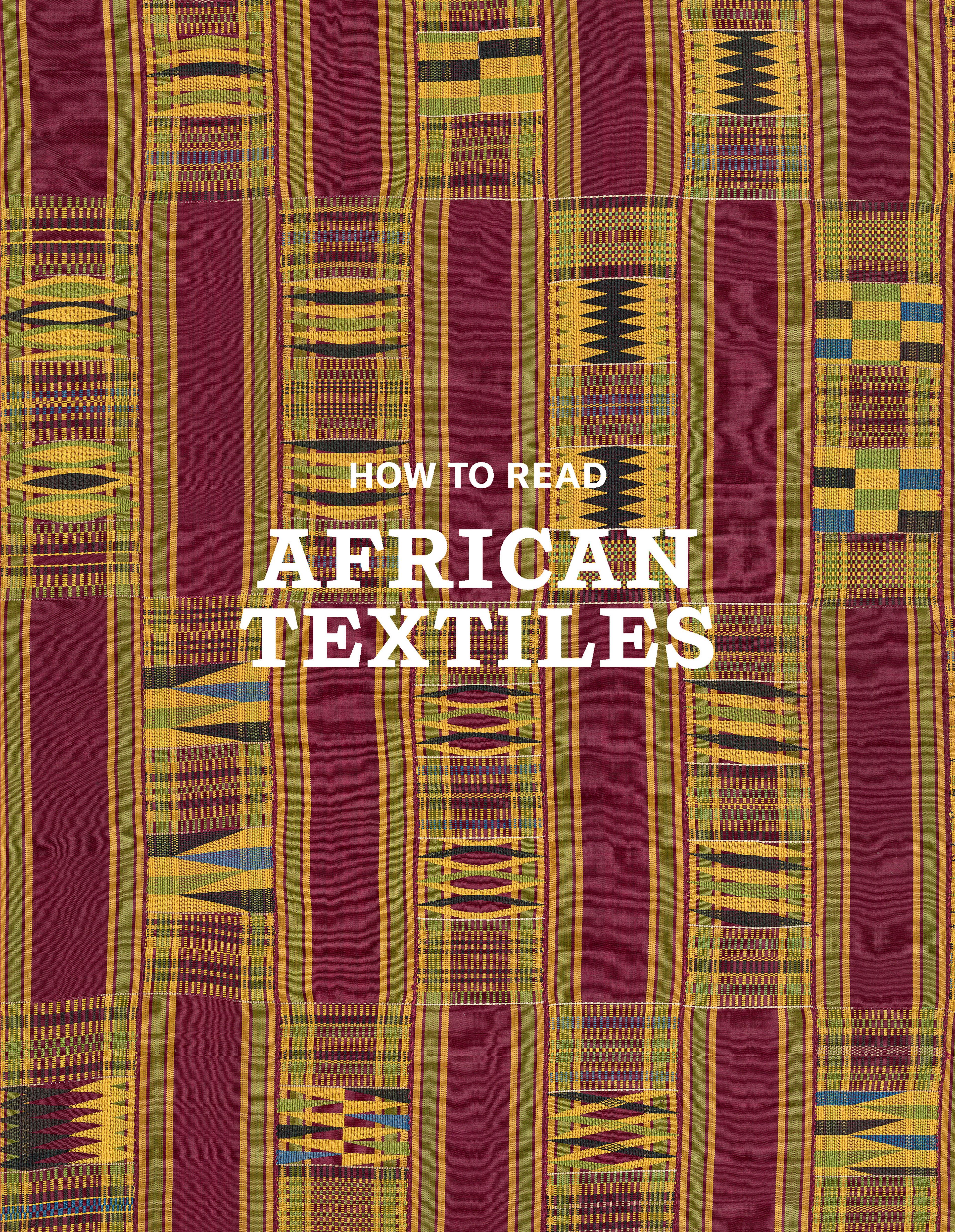Ncák (women's ceremonial skirt)
Sixteen feet in length, this densely patterned ncák was designed to expand its wearer’s bodily presence. It was worn wrapped around a woman’s lower body three to four times and then tucked or secured with a belt. The production of raffia fiber garments is a collaborative venture that instantiates clan relationships. Production begins with the cultivation of raffia palms and the weaving of mbala (unadorned rectangular textile panels) on single-heddle looms. These are then arranged and decorations applied by female family members of various ages. The female head of the clan typically coordinates the work by selecting the style of the skirt, acquiring the necessary units of mbala, and outlining the embroidery patterns. The resulting garment is considered clan property.
Artwork Details
- Title:Ncák (women's ceremonial skirt)
- Artist:Kuba artist
- Date:first half of 20th century
- Geography:Democratic Republic of the Congo, Sankuru River region
- Culture:Kuba peoples
- Medium:Raffia palm fiber, dye
- Dimensions:L. 193 x W. 33 1/2 in. (490.2 x 85.1 cm)
- Classification:Textiles-Woven
- Credit Line:Bequest of John B. Elliott, 1998
- Object Number:1999.47.78
- Curatorial Department: The Michael C. Rockefeller Wing
More Artwork
Research Resources
The Met provides unparalleled resources for research and welcomes an international community of students and scholars. The Met's Open Access API is where creators and researchers can connect to the The Met collection. Open Access data and public domain images are available for unrestricted commercial and noncommercial use without permission or fee.
To request images under copyright and other restrictions, please use this Image Request form.
Feedback
We continue to research and examine historical and cultural context for objects in The Met collection. If you have comments or questions about this object record, please contact us using the form below. The Museum looks forward to receiving your comments.
